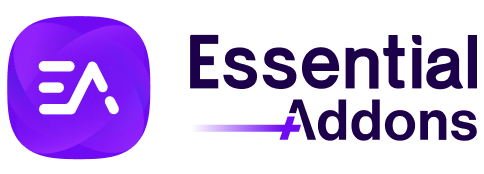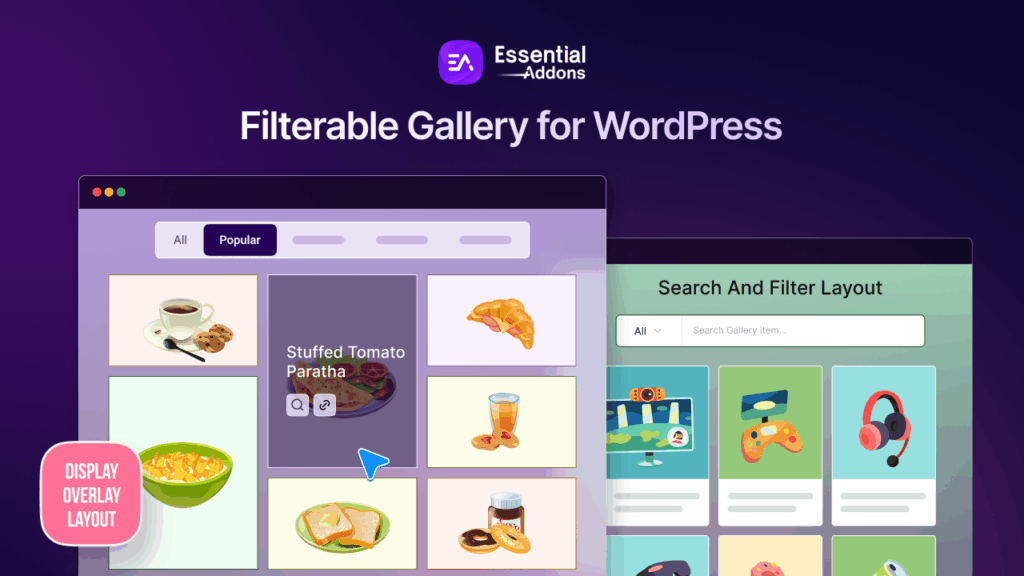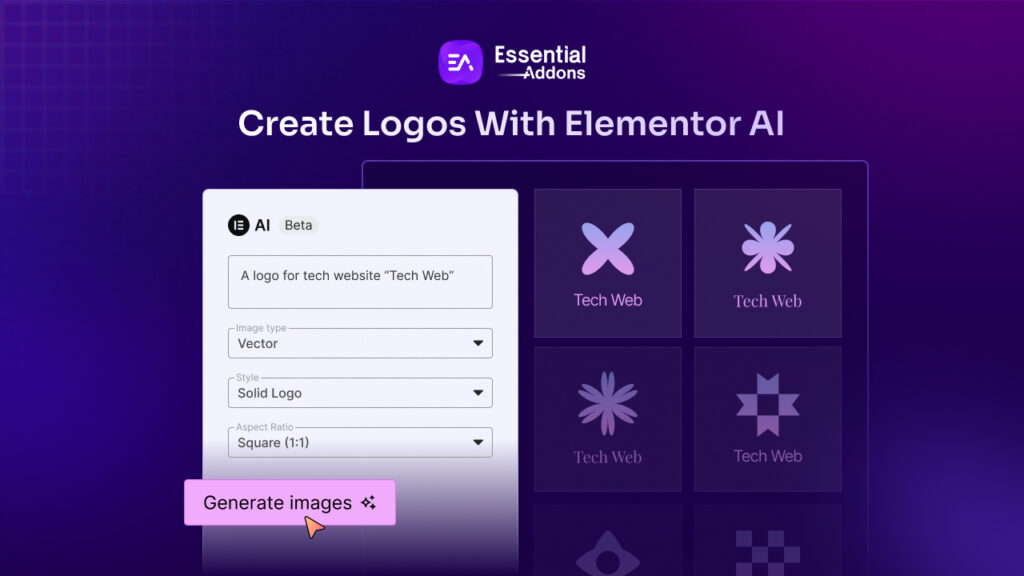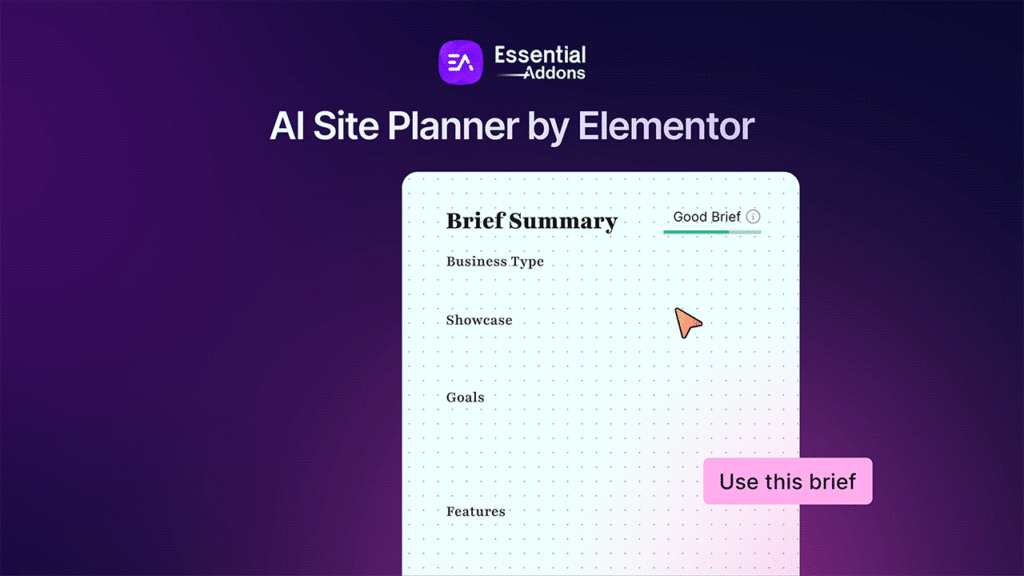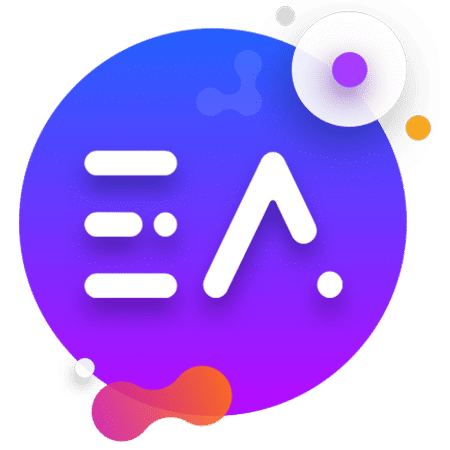According to a study, only 3% of the websites are found accessible. That means from the 100, around 3 accessible websites are available to disabled people. This number proves how negligible web-based experience is becoming to users who have disability. In this modern technology, while everybody is talking about a more inclusive experience, web accessibility is still ignored for many people.

But the good news many websites are still trying to make sure to give an inclusive experience to every visitor. Among them, Elementor is introducing its new product ‘Ally’, a web accessibility plugin that enhances usability. In this blog, you will learn more about it.
What Is Web Accessibility?
Web accessibility refers to the process of designing a website in a way that enables people with disabilities to access, understand, and navigate the site. The main purpose of accessibility is to make the website usable by everyone to ensure inclusivity and contribution to the web. This disability includes people with visual, auditory or cognitive disabilities.
The example of web accessibility includes making sure the text is readable by ensuring proper color contrast. Or it can be used in clear and concise language for those who have cognitive disabilities.
In this modern technological era, nothing is impossible, including web development. Being an inclusive website shows you care about inclusivity in modern technological development, as well as being careful about expanding your visitors to the website. By prioritizing accessibility, you meet both legal and ethical standards and make sure no one is left behind in the digital space.
Why Is a Web Accessibility Plugin Essential for a Website?
According to the World Health Organization, 16% of the global population has disability. This number shows that disability is rising in this era. Without giving an inclusive experience in web development, a huge number of people will be left out of using modern technology.
Also, accessibility in web design has already been backed up by law as well. Regulations such as WCAG, ADA, AODA, and the upcoming European Accessibility Act (EAA), set to take effect in 2025, reflect a global shift to accessibility. So, accessibility has become an essential part of creating a website.
Now, in terms of plugins, modern web designers are struggling to make a website that will both complete the requirements of client-side as well as become accessible to everyone. Because while creating a website, it is difficult to balance out the combination of both. Here, a web accessibility plugin for WordPress websites can help. Let’s have a look at why having a plugin is essential for building a website.
Inclusivity: Website Usability for All

A web accessibility plugin makes sure the website is inclusive. In modern day, web designers or developers struggle to create a website that fulfills both requirements of agencies and designers of their own. Because it is difficult to website that will balance out and make a website for all. Here, a plugin can be helpful, which will make sure the website is usable for every type of user.
For example, if you want to make the text on your website readable for visually impaired people, then you might find it difficult to determine which font size and color should be used in the text. But a plugin is built in such a way that you customize the text in a way that will be easily readable and understandable for all types of users.
Reach: Tap into a Larger Audience
When you make sure that the website is accessible for all, you also make sure that it has reached out to a larger audience. The more you make sure your digital content can make a mark on everyone, the larger audience you can tap into. Here a web accessibility can help you to reach out to that.
For instance, a user with ADHD might struggle with cluttered interfaces and a lot of animations on a website. But a plugin makes sure that users can toggle off unnecessary animation and only focus on the content that is important to them. That means this creates a user-friendly experience for everyone and helps to reach out to a larger audience.
SEO: Boost Traffic in Search Engine

As web accessibility makes sure to tap into a larger audience, it also makes sure you can boost your traffic in search engines as well. Creating a website not only means the content is accessible to everyone, but also ensures the overall site structure is compatible and user-friendly.
For instance, a plugin ensures proper use of semantic HTML tags (like headings, lists, and alt text for images), which helps search engines better understand and index your content. It also improves mobile responsiveness and reduces bounce rates by making the site easier to navigate for all users.
What Are the Accessibility Requirements for Websites?
Website accessibility requirement is based on four principles. According to the Web Content Accessibility Guidelines, these four principles are: Perceivable, Operable, Understandable, and Robust. Here, those are explained in detail:
Perceivable: The web content and elements must be perceivable. That means it should be visible to their senses. The information on the website must be presented in such a way that it is easy for the disabled to understand. Using sufficient color contrast between text and background is an example of making a website perceivable.
Operable: Website must be properly navigable and operable to everyone. This means visitors must be able to able to operate the interface. For example, ensure all interactive elements are usable with the keyboard.
Understandable: All the information and the operations of the interface must be understandable. That means not only the information but also the interface must be clear. Using clear and simple language is one of the key parts of making a website understandable.
Robust: As the technology advances, the website’s content must also be accessible. For example, using clean, semantic HTML so that assistive technologies like screen readers can interpret content.
Introducing Ally: The New Web Accessibility Plugin by Elementor

As we talked about the importance of a web accessibility plugin, Elementor has introduced its new web accessibility plugin, Ally. This is an easy-to-use web accessibility plugin that makes sure that you can design your website with ease and ensure visitors can easily navigate your website. Apart from its easy-to-set features, Ally introduces widgets that also create a simplified web design experience. From creating a simple design process to automatically generating a customizable accessibility statement, Ally can make web designers’ lives easier and smarter with its advanced features.
Why You Should Choose Ally as Your Web Accessibility Plugin?
When it comes to making a website truly inclusive, it is important to choose the right solution. Here, Ally stands out from the others. Ally offers powerful user user-friendly tools that help to identify and solve the issues to fix accessibility across the website. Let’s have a look at some of the core features that will make sure you choose Ally as your web accessibility solution.
Easy to Use at No Cost
Ally has a free solution that allows users to use 15 widgets with customizable styling options. You can use it for free and get the best out of it to make your website more inclusive and accessible. While you are hiring a web designer or using a premium solution to make an accessible website, Ally can help you here within minutes, ensuring the elements that you need, without taking an extra penny from you. So that makes Ally stand out from the others.
Easy Front-End Adjustments
In Ally, you can adjust the font, color, and navigation buttons of your website easily and adjust them in the front end accordingly. With its preview features, you can see how each and every digital element will look in the front end and the users who have disability. So, it makes sure that no discrepancy happens while creating an inclusive website.
Accessibility Statement Generation
Accessibility statement means a required document that shows your commitment to making sure your site is accessible to everyone. Now, this statement generation can be tricky and takes a lot of time since there are some legal compliance to it. In Ally, you can automatically generate the statement, which makes sure no time is wasted while researching or writing the statement. This upcoming feature will be a game-changer for many web users.
Screen Reader
With Ally’s premium feature, you can enable the screen-reading option. For visually impaired users, this feature reads aloud the whole website content and makes sure it is understandable to them. This also helps to improve the site navigation.
Widget Usage Analytics
To better understand your widget usage and behavior, there is no better alternative to analytics. In Ally, you can see the widget analytics and understand if your web accessibility goal is fulfilled or not. Through this analytics, you will be able to learn more about each feature and make a decision about which widget is used better for which type of disabilities to create a more useful web navigation experience.
How to Set Up Ally for Your WordPress Website? [Step-by-Step Guide]
Now that you have already made up your mind to set up an inclusive website, it is time to get started with Ally. Let’s have a look at how you can use it.
Step 1: Install And Activate
From your WordPress dashboard, go to Plugins and then click on ‘Add New Plugin’. In the search bar, type ‘Ally – Web Accessibility’. After finding the plugin, click on install > activate to install it on your website.

Step 2: Connect Your Site
Next, for web accessibility, connect your site with Ally. From the left sidebar of your website, go to the ‘Ally’ plugin. A form will appear, there click on the button ‘Get Started’

Note: To use the plugin, you need an Elementor account. So, before getting started, make sure you have created an Elementor account.
Make sure you are connecting to the correct account. After selecting the account, click on ‘Approve & Connect’, and then your account will be connected and you can get started.

Step 3: Start to Design
Next, from the design section, you will be able to see the option to design your website. There, you can choose an icon and get the option to make it in different sizes and colors. You will also get the option to set it in a different radius.
There are also options available to make it responsive and choose the default position of your logo. Click on the ‘Save changes’ to save your changes.

After that, in the capabilities section, you can choose which type of capabilities or accessibility features you want to include in your website. There, you can choose different text sizes, alignments, and readable fonts.
You will also be able to choose sitemap, page structure, show or hide images, highlight links or adjust color and many other options to make it more accessible. Click on the ‘Save changes’ to save your changes.

That is how to make a WordPress site accessible for everyone, which makes your website inclusive and enhanced.
Note: Ally is still enhancing their features. Many features are still not available right now (such as screen reader, but are currently in their roadmap (such as accessibility scanner, remediation flow). But this feature will be available soon to make the web experience better.
Embrace Accessibility to Future-Proof Your Website
Making an accessible website not only proves you care about inclusivity, but it also makes sure you care about your web visitors. With the right plugin and right solution, you can do it in minutes without any extra cost or hassle. Ally by Elementor makes sure you do that with ease and creates an inclusive design for your website for everyone.
We hope you have found this blog useful. Don’t forget to subscribe to our blogs for the latest updates. And join our Facebook community so that you do not miss any important updates.
